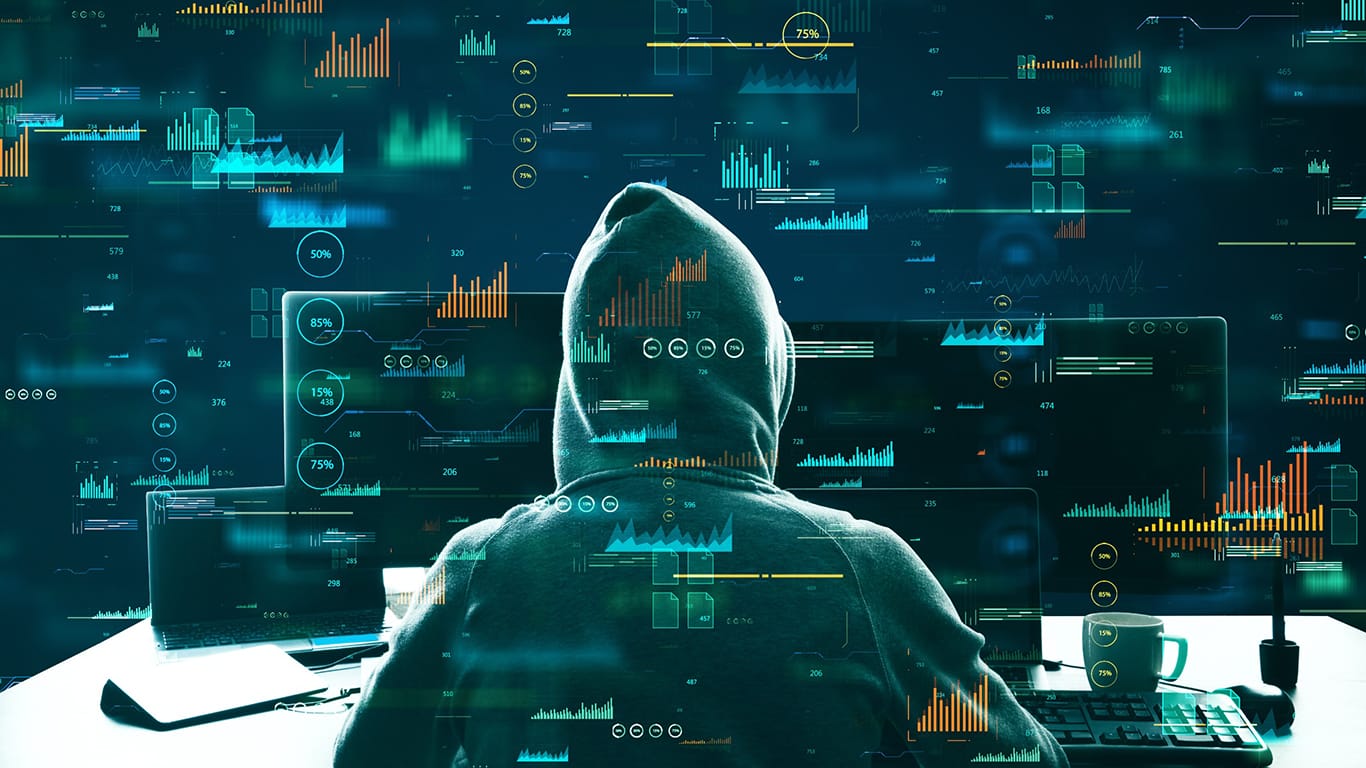Teaching in 2025 means navigating a digital world full of risks. From ransomware attacks to phishing emails disguised as school memos, today’s educators face cyber threats that can jeopardize student data, disrupt learning, and damage trust.
That’s why many schools are embracing cybersecurity risk management strategies to equip teachers with the tools they need to stay safe and sharp.
I’ve seen my fair share of cyber threats in the education sector and how unprepared institutions can quickly become easy targets. Let’s talk about it.
The Rising Cyber Threats in Education—Should You Be Worried?

Everyone should be worried. Here’s why.
In this generation, schools are digital ecosystems packed with data. Every login, shared document, or connected device is a potential entry point for hackers.
The FBI estimates that in 2020 alone, cybercrime led to over $4 billion in losses in the United States.
Educational institutions, in particular, are popular targets because of their large networks, sensitive data, and limited oversight. Add in the rise of remote learning and increased reliance on information and communication technologies (ICTs), and you have a sector that’s vulnerable yet often underprepared.
LOCAL NEWS: Here’s where new Phoenix residents are moving from
INDUSTRY INSIGHTS: Want more news like this? Get our free newsletter here
The Importance of Cybersecurity in Education
Let’s be real—educators wear a lot of hats already. But in 2025, one of those hats needs to be “digital gatekeeper.”
As classrooms go hybrid, tech-integrated, and cloud-based, teachers have become deeply embedded in the systems they once used casually. Whether it’s uploading grades, sharing student feedback, or communicating through apps, they interact with data every single day. That means they’re also positioned to either prevent or accidentally enable a breach.
Credibility in the classroom doesn’t just come from lesson plans anymore. It comes from being aware of the threats and knowing how to protect your students’ sensitive information. We call this a cyber vulnerability.
The Gaps and Challenges of Cybersecurity Training
Despite the stakes, most educators aren’t given the tools they need to stay safe online.
The truth is, many schools still treat cybersecurity like a one-time orientation box to check. New hires might get a quick rundown, “Don’t click suspicious links” or “Change your passwords regularly”—and that’s about it. There’s rarely a follow-up, and almost never any real discussion on what modern threats actually look like or why they’re so effective.
What’s more, research shows that many adults aren’t exactly lining up for cybersecurity seminars or courses—whether it’s because of time, cost, or just not seeing the value until it’s too late. Unfortunately, that lack of awareness often leads to easily avoidable mistakes that hackers are more than happy to exploit.
That’s why schools are in a unique position to change the game.
By bringing cybersecurity into classrooms and teacher training alike, schools can do more than just protect their data—they can help build a generation of digital defenders who actually understand how to stay safe online.
5 Most Common Cyber Threats to Students, Teachers, and Academic Institutions

Source: https://unsplash.com/photos/icon-SYofhg_IX3A
Cybercriminals aren’t just attacking systems. They’re targeting people.
Here are five of the most common threats affecting the education sector today:
Phishing Emails
These are disguised as trusted messages—think fake principal memos or tech support alerts. Once clicked, they can steal login credentials or install malware. Teachers and administrators are frequent targets due to their access to student data.
Ransomware Attacks
Hackers encrypt critical files or entire networks, then demand payment to restore access. Some school districts have paid out millions just to regain control of their systems. During remote learning, even brief outages can grind education to a halt.
Data Breaches
Student records, medical info, and disciplinary reports are hot targets. A data breach can expose this sensitive data to the public or the dark web, which can be used in crimes like identity theft and fraud.
Insecure EdTech Tools
Not all apps used in classrooms are built with security in mind. Poorly configured platforms can leak personal data or allow unauthorized access to classrooms and student communications.
Credential Stuffing
When hackers obtain usernames and passwords from one breach, they try them elsewhere. Many educators reuse passwords across systems, making it easy for cybercriminals to access multiple platforms with a single stolen credential.
Cybersecurity Best Practices for Educators
Cybersecurity can feel overwhelming, especially when you’re juggling lesson plans, grading, and parent emails. But the good news? You don’t have to be an expert to make a difference.
Here are five simple, actionable practices every educator can use to strengthen information security.
- Stay in the Know With Ongoing Training
Cyber threats evolve constantly. What worked last year may not protect you today. Make it a habit to check in on cybersecurity updates—whether through social media, webinars, short online courses, or even newsletters from trusted sources.
Don’t wait for your school to offer training and seek it out proactively, even if it’s just 20 minutes a month.
- Use Strong, Unique Passwords (and a Password Manager)
It’s tempting to use the same password across platforms, but it’s also one of the easiest ways to get hacked. Create strong, unique passwords for each account, and consider using a password manager to keep them organized.
Even better, enable two-factor authentication wherever possible.
- Think Before You Click
If an email, link, or file seems off, pause. Cybercriminals rely on busy people acting fast, especially in high-pressure environments like schools.
When in doubt, forward that suspicious message to your IT department and delete it. A few extra seconds can prevent a massive breach.
- Partner With Your IT Team Early and Often
Don’t wait until something breaks to talk to your tech team.
Whether you’re onboarding a new app, having issues with student accounts, or unsure about device settings, your IT staff should be your go-to resource. Building that relationship means quicker support and better protection for your classroom.
- Incorporate Cybersecurity Risk Management Into Daily Habits
Integrate security into your daily routine. Lock your screen when you step away. Keep devices updated. Avoid using personal devices for student data. These small habits can significantly reduce your vulnerability without adding extra stress.
Cybersecurity Information Hubs to Improve Knowledge and Skills
One of the best things about learning cybersecurity today? You don’t have to pay a dime to get started.
Educators who want to boost their digital safety skills—or even bring cybersecurity concepts into the classroom—have access to tons of high-quality, free resources online.
Here are some go-to platforms worth bookmarking for later:
- Coursera & edX (Free Audit Options) – These platforms partner with major universities and organizations to offer professional courses. While certificates come at a cost, you can audit most cybersecurity courses for free.
- Google for Education: Digital Citizenship & Safety –Google’s curriculum offers bite-sized training modules on topics like responsible tech use, phishing awareness, and protecting personal information.
- Microsoft Learn – For educators in Microsoft-based school systems, there are several free modules on cybersecurity basics, privacy, and compliance that align with Microsoft products like Teams, OneDrive, and Azure.
Protect You and Your Students From Cyber Threats Today
Cybersecurity is no longer optional for educators; it’s essential. As educators, to actively enhance cybersecurity practices in the classroom is to protect students, build trust, and keep teaching relevant.
The threats are real, but so are the tools. Now’s the time to take action.




